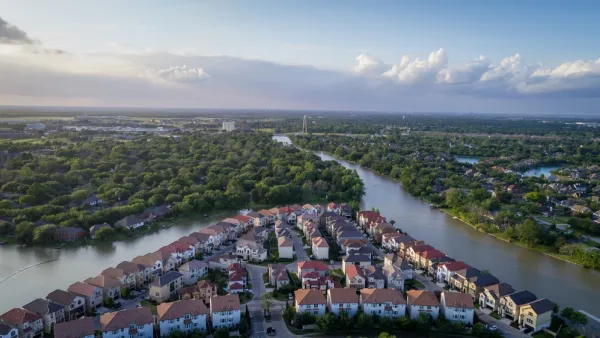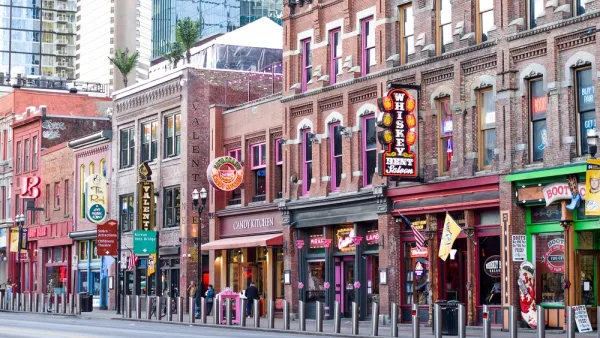In a bid to urbanize its vast interior, China plans to settle one of its vast pre-built cities with workers unused to city life. Upon arrival, they undergo training to become instant urbanites.

The centralized economy in China has become well-known for massive construction projects. These include unpopulated “ghost cities” like Kangbashi New Area, a concrete utopia in Ordos City designed to house a million residents. In a move that mirrors last century’s Cultural Revolution policies in reverse, the government is incentivizing farmers to consider leaving the homestead for Kangbashi. “Reeducation” protocols are in place designed to mold them into instant urbanites.
Local government claims this process was always part of the plan for Ordos and China’s many other pre-built cities. Facing a stark contrast between its industrialized, cosmopolitan coast and a poverty-stricken interior, China intends to relocate up to 250 million farmers to places like Kangbashi over the next 20 years. To ease the transition, government workers provide resources to educate residents and ease them into a new lifestyle. These tips range from the practical (how to turn kitchen gas on and off) to the behavioral (don’t litter or drive on the sidewalk).
The city itself is located in a fortunate area of the country: “arguably, Ordos has been able to achieve what it has due to the enormous wealth generated by the coal industry, cheap land to build on, a willing rural populace generally happy to accept large compensation packages, and the lack of an existing urban population.”
The farmers are less sure these grand ambitions will succeed. Lacking urban skill sets, they labor in unskilled positions that cannot sustain a consumer economy on the scale of the cities they inhabit. For now, individual farmers in Kangbashi New Area worry about a lack of work.
FULL STORY: 'Re-education' campaigns teach China's new ghost city-dwellers how to behave

Analysis: Cybertruck Fatality Rate Far Exceeds That of Ford Pinto
The Tesla Cybertruck was recalled seven times last year.

National Parks Layoffs Will Cause Communities to Lose Billions
Thousands of essential park workers were laid off this week, just before the busy spring break season.

Retro-silient?: America’s First “Eco-burb,” The Woodlands Turns 50
A master-planned community north of Houston offers lessons on green infrastructure and resilient design, but falls short of its founder’s lofty affordability and walkability goals.

Test News Post 1
This is a summary

Analysis: Cybertruck Fatality Rate Far Exceeds That of Ford Pinto
The Tesla Cybertruck was recalled seven times last year.

Test News Headline 46
Test for the image on the front page.
Urban Design for Planners 1: Software Tools
This six-course series explores essential urban design concepts using open source software and equips planners with the tools they need to participate fully in the urban design process.
Planning for Universal Design
Learn the tools for implementing Universal Design in planning regulations.
EMC Planning Group, Inc.
Planetizen
Planetizen
Mpact (formerly Rail~Volution)
Great Falls Development Authority, Inc.
HUDs Office of Policy Development and Research
NYU Wagner Graduate School of Public Service




























